I got lucky when I went to visit Villa Necchi Campiglio, a 1930′s mansion on a quiet residential street in Milan near San Babila. It was the middle of the week in the middle of March in the middle of the afternoon and I was the only one there. Well, the only English-speaker there, I should say. There was a group of Italians in suits getting a tour who looked like they were using the downstairs conference area, laminated name tags hanging from lanyards round their necks. But I was the only English-speaker and as admittance to Villa Necchi Campiglio is only given by guided tour, I found myself with my own personal tour guide, Donatella, a FAI (Italy’s version of the National Trust) volunteer.
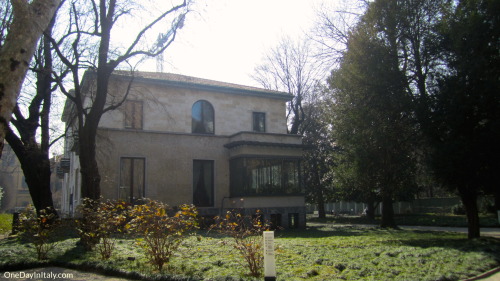
The house is located inside of a high wall that belies the amount of land within. Not only is there quite a bit of open space but also a tennis court and HEATED pool (the first in Milan in the 1930′s). There’s normally café seating in the garden but it was unfortunately under renovation when I was there.
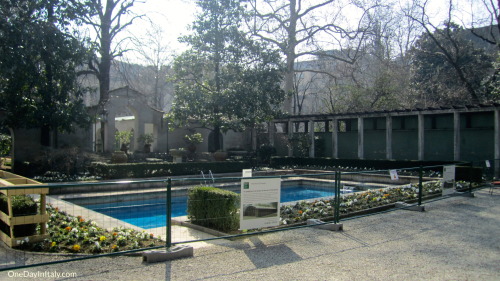
I’m not usually the type to go on architectural tours. I mean, they’re fine and can be interesting, but I won’t go out of my way for them. I had been entranced by Villa Necchi Campiglio, though, when I saw the movie “I Am Love” with Tilda Swinton. Have you seen it? The family’s home in the movie is none other than this 1930′s Milanese villa, built by the Necchi sisters (Gigina and Nedda) and Gigina’s husband, Angelo Campiglio. If you have seen it, this entrance is unforgettable:
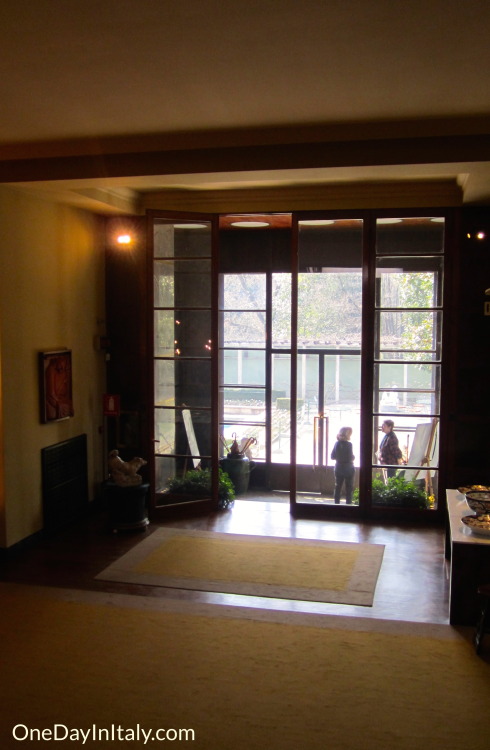
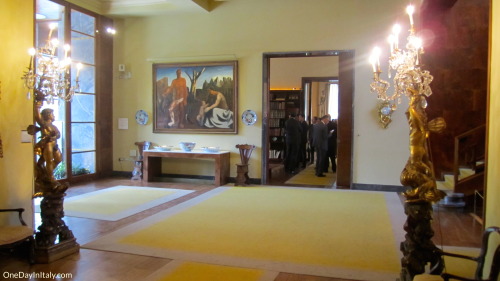
The Necchi family produced cast iron and enamel sewing machines, a household item in Italy at the time, similar to the “Singer” brand in the United States. Their family home had been in a smaller town outside of Milan but in 1932 they hired renowned architect Piero Portaluppi to build them a home in the middle of Milanese society, a place to entertain notable guests and impress the aristocracy.
The first thing I noticed about Portaluppi’s design was the space – high ceilings, large rooms – and the second was the light! Large windows abound and there are no walls to block the light streaming in. Even in the library, he added in glass “windows” to the bookcases so that the light could continue through the room. Incredible!


Portaluppi designed all of the furniture for the villa as well – very minimalist, modern furniture – but when the Necchi-Campiglio family return to their home after WW2 (they had abandoned it during the war to be used as the headquarters for the Fascist Republican Party) they didn’t think the furnishings and fixtures reflected their wealth and position. In the 1950′s, 19th century furnishings were in vogue among Italy’s elite, and so the family brought in designer Tomaso Buzzi to change up Portaluppi’s original design. He added grand chandeliers, elaborite window coverings and delicately engraved furniture, a bit in contrast with the originall modern, streamlined design of the house.
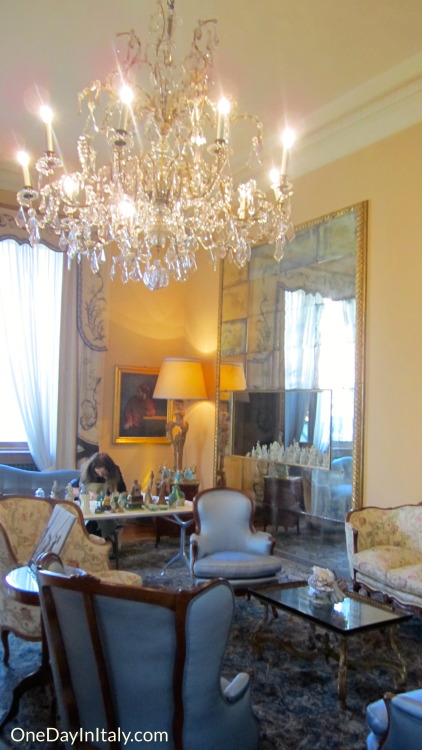
My favorite room, though, was the “Winter Garden”, a room whose two external walls are made of glass. Two layers of glass, to be exact, with planters in between!
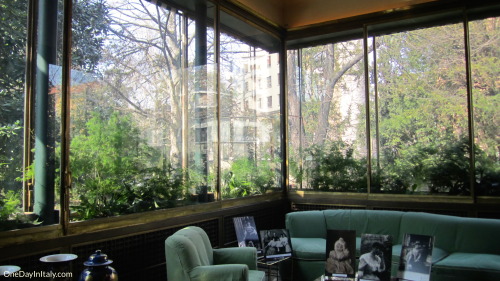
The furniture in this room is pure Portaluppi, the green shades of the marble flooring and seating making the inside blend with the nature seen through the large windows.
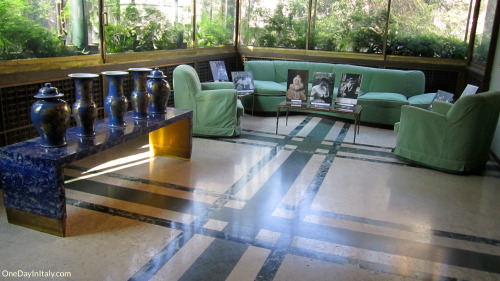
Concerned for safety, there are two sets of doors leading back into the main house: one of glass (to let in light during the day) and one of strong German steel to secure the home at night.
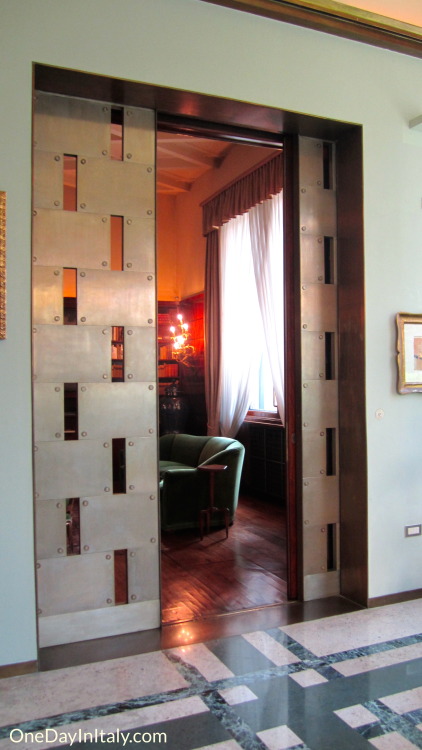
In several of the rooms, Portaluppi had the ceilings engraved with mythical scenes.
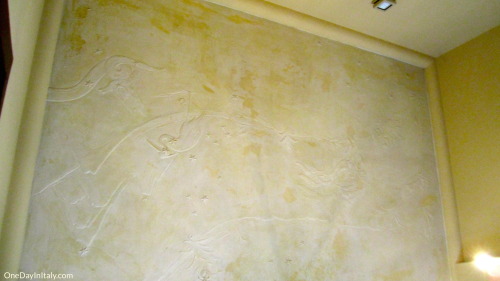
Even the serving areas are elegant…
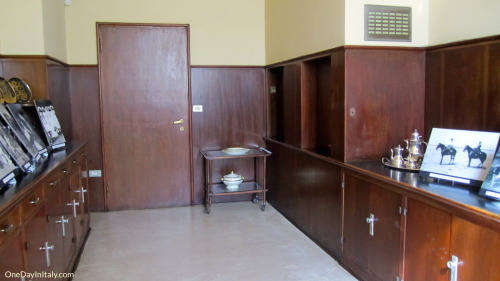
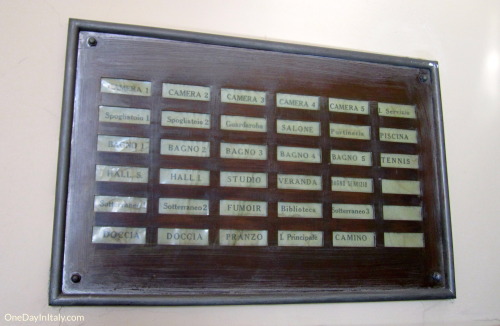
Everything was hidden: Portaluppi designed cabinets to hold all of the serving wear and linens so that when the doors were closed the room was perfectly simple and sleek with no “clutter” in view.
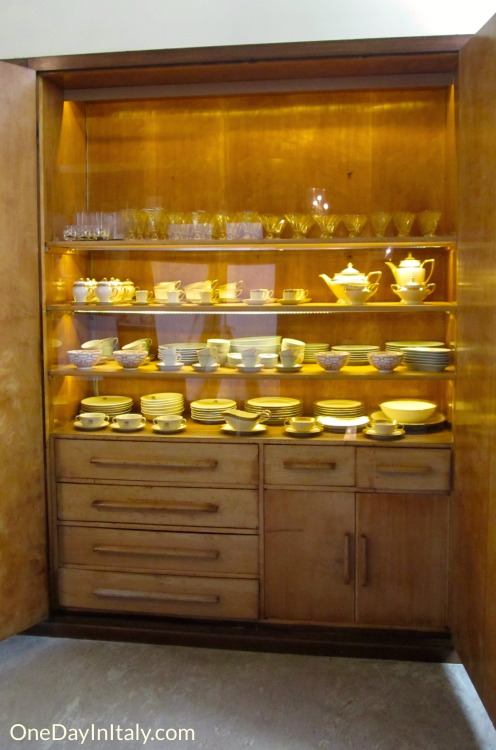
Now let’s head upstairs…
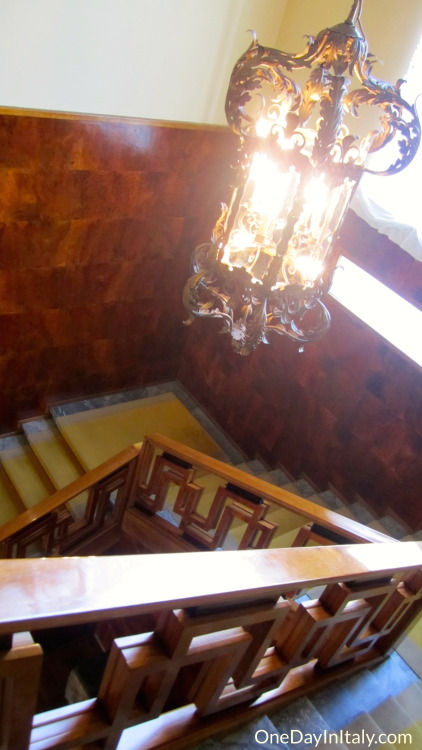
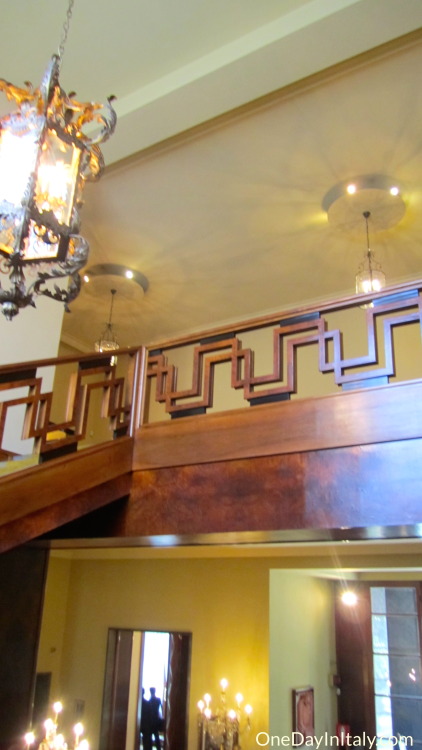
To the right is the hallway with the sisters’ bedrooms. It’s lined with closets, most of which are still full (when Nidda Necchi donated the villa to FAI in 2001, having no heirs to bequeath it to when she passed away, she wanted their things to stay in it so the villa looked lived in and less like a museum). The ceiling has a diamond design that seems like it’s made of woven ropes and tassels (though its really just part of the plaster).
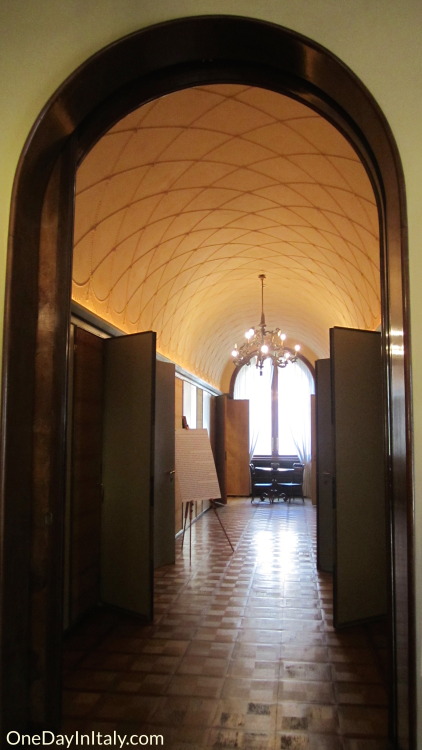
Both of the sisters bathrooms looked the same except that they were made from different types of marble. Large slabs of marble, in fact, making up not only the floor but also the walls of the bathtub area, toilet room and a full shower with THREE shower heads at different heights! Even in the bathrooms Portaluppi was concerned for light, cutting windows high into the walls of each space so that they felt open and not enclosed.
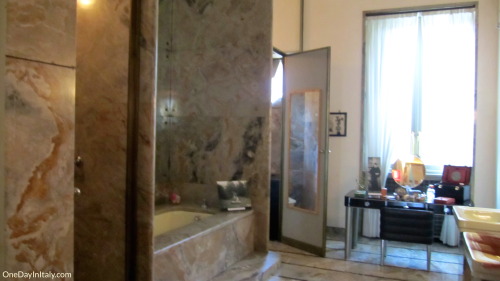
The closets themselves – both in the hallways and in the bedrooms – were things of beauty. Portaluppi even put LIGHTS in the closets to illuminate the selections.
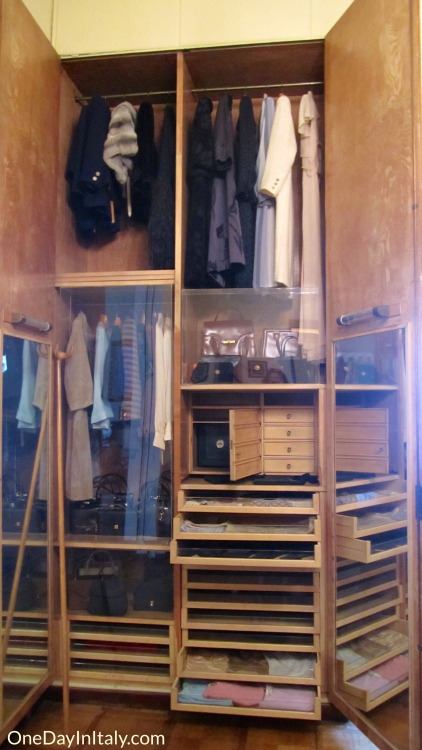
This was a guest bathroom, typically occupied by a set designer for La Scala.
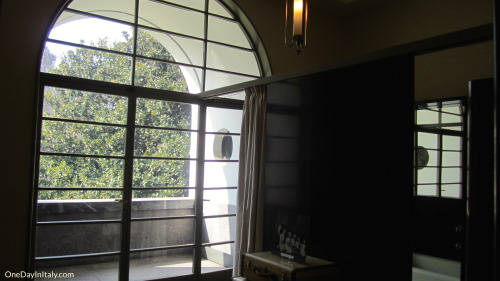
Before a separate donation turned this room into some sort of art collection, it was the guest bedroom reserved for the daughter of the King of Italy.

Some of the most impressive things, though, were the utilities. Portaluppi put in pipes in special closets in the bathrooms, hot water running through them to dry towels (just like a modern towel rack!). There was central heating throughout the house, too, each vent covered by brass or copper geometric screens that not only added design to the room but could also be removed for easy cleaning. Genius!
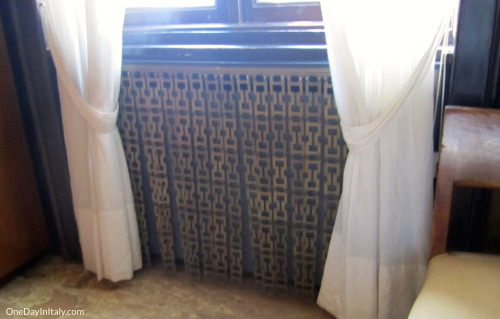
The tour lasted about an hour, overall. Donatella showed me pictures of Portaluppi’s designs for some of the rooms, where they varied from what’s there now (though I came back to Villa Necchi Campiglio a second time when I had family visiting and our guide didn’t have the pictures, then). It was a really interesting and lovely tour and I’m very glad I did it!
Tours are €9 per person at the time of writing. Visit the official site for hours and more info.
Comments
comments







Leave a Reply